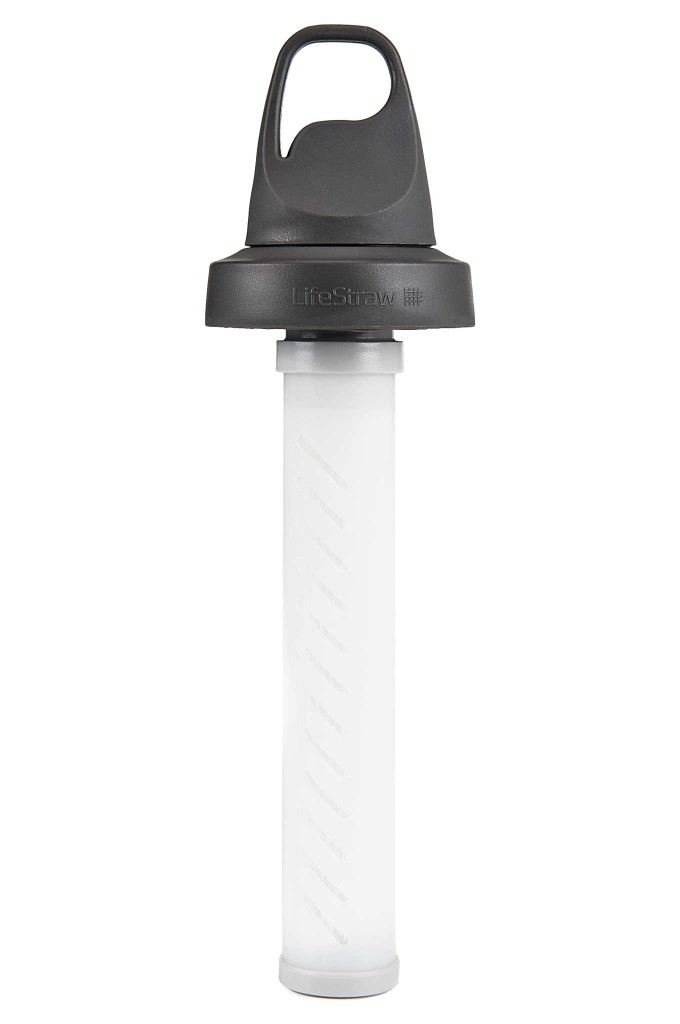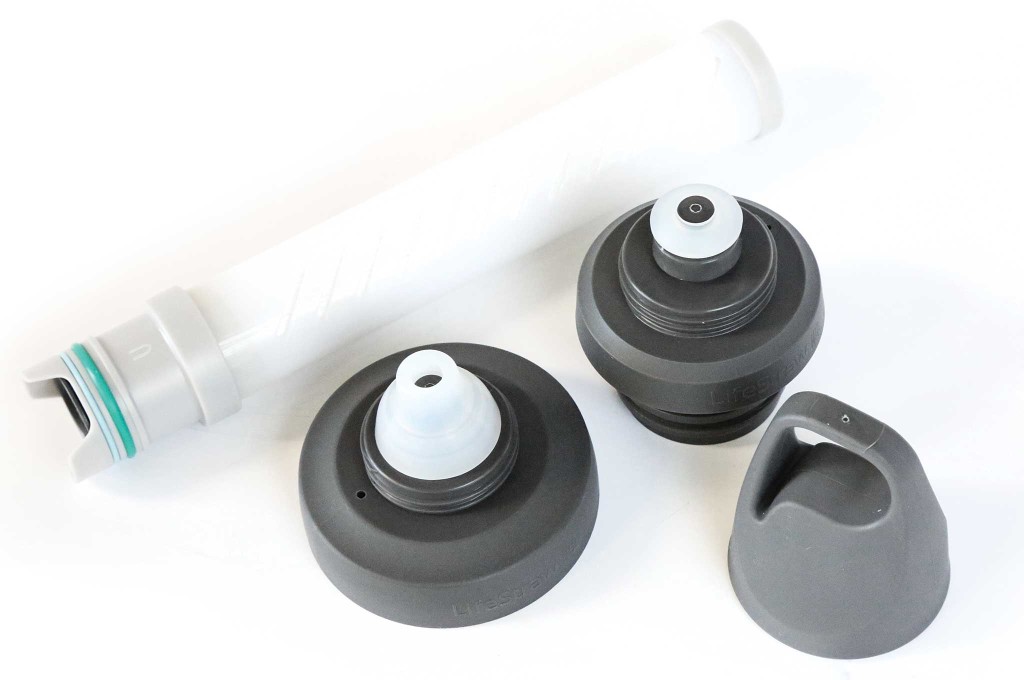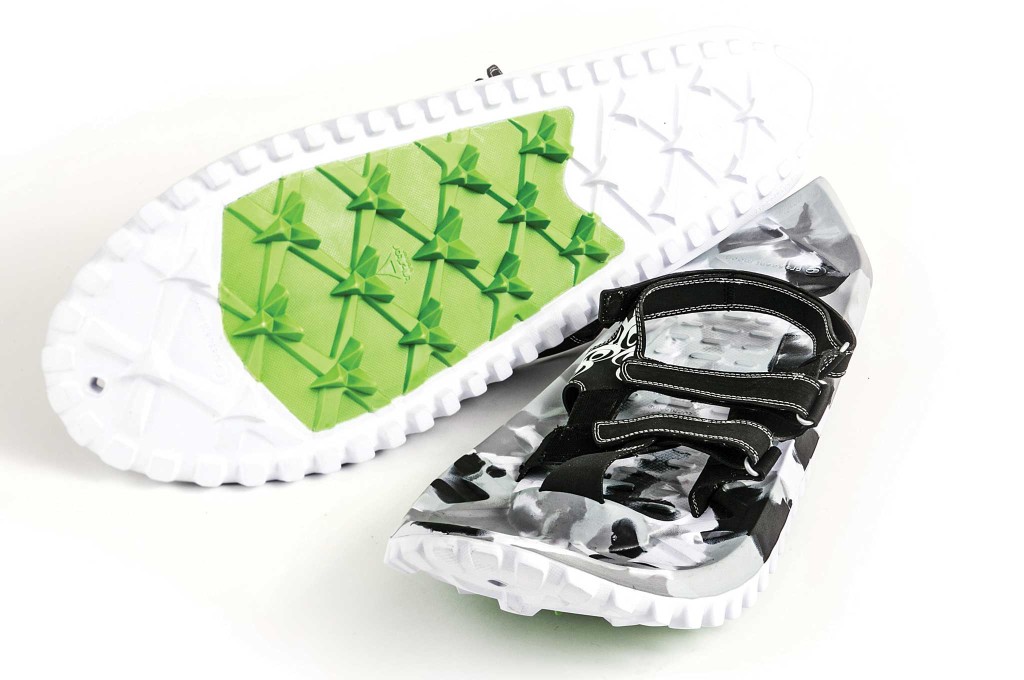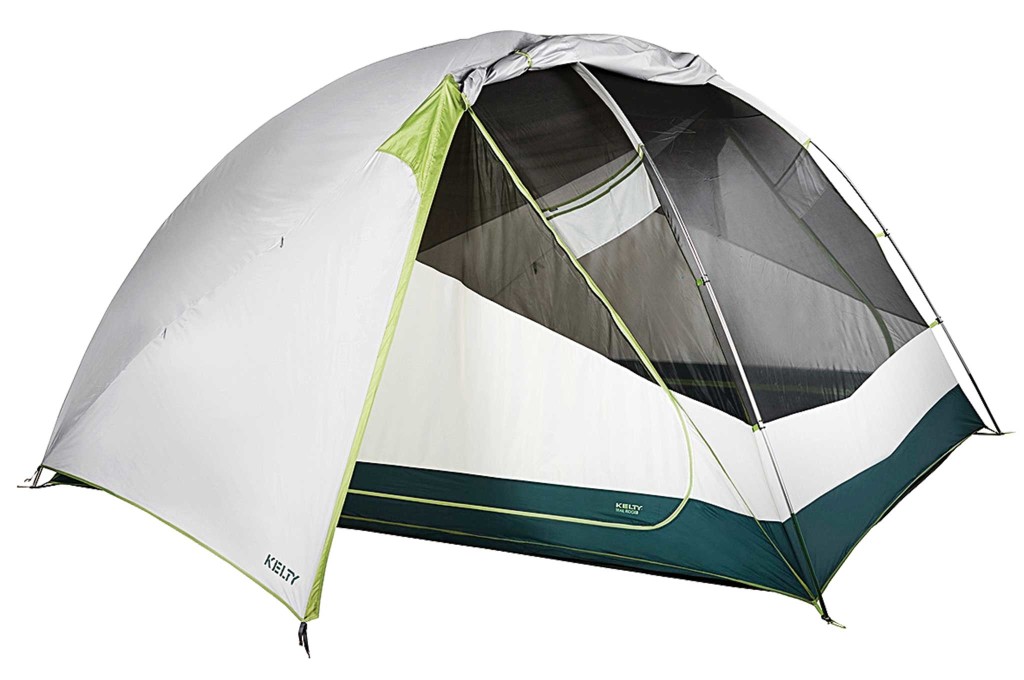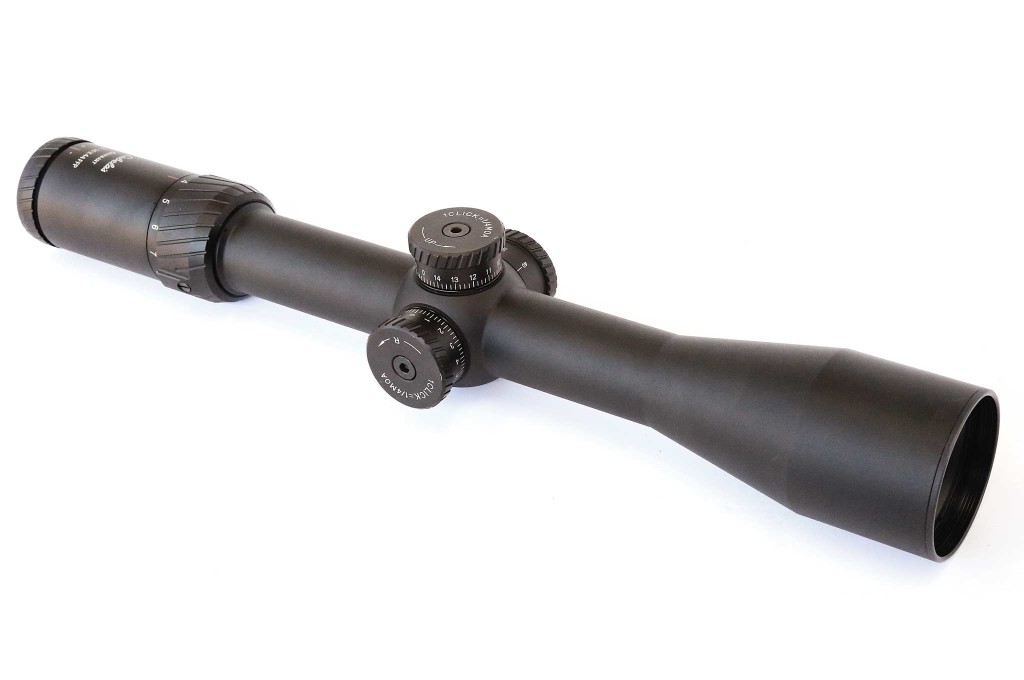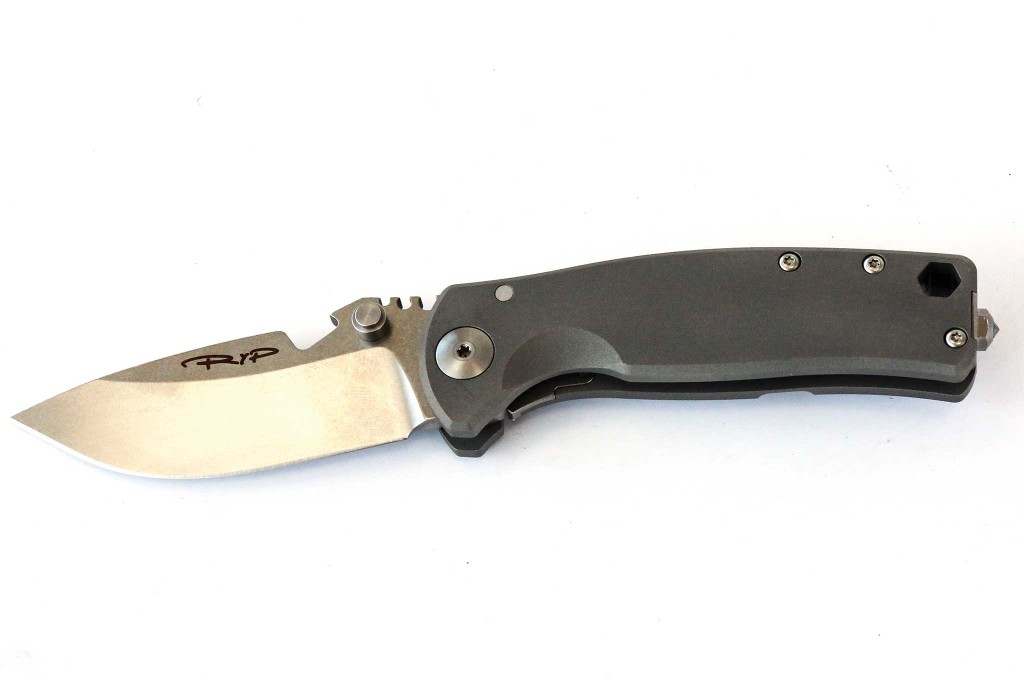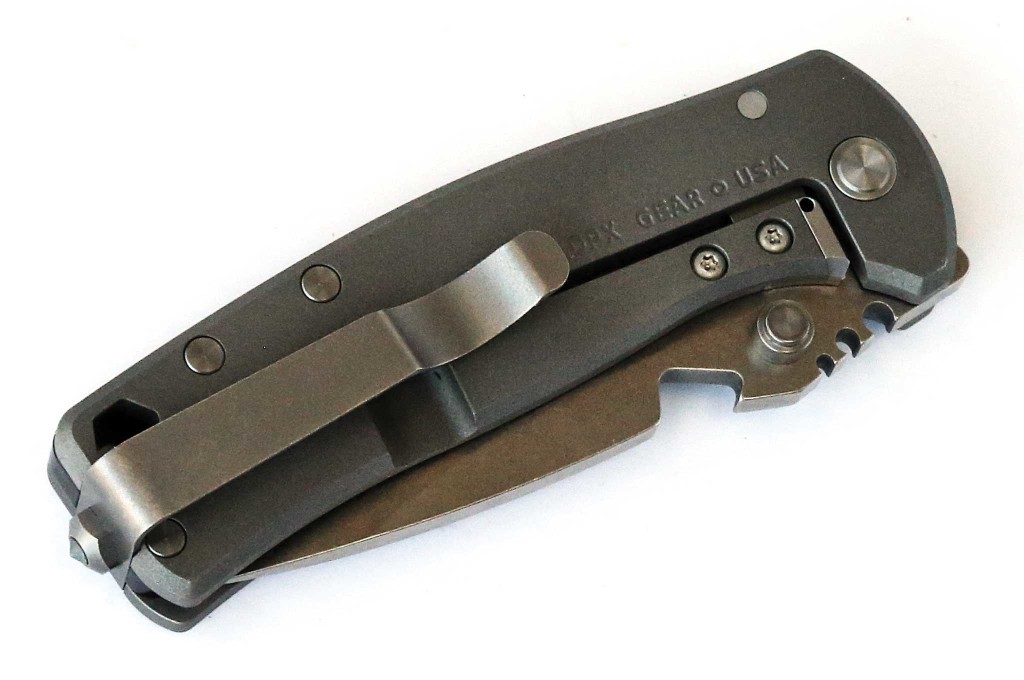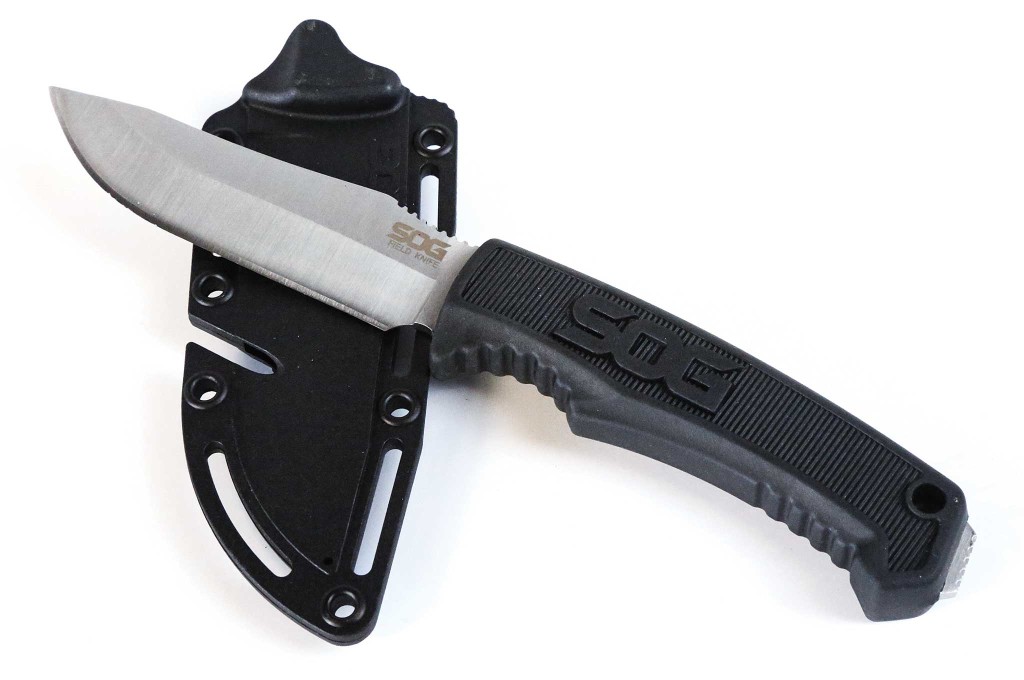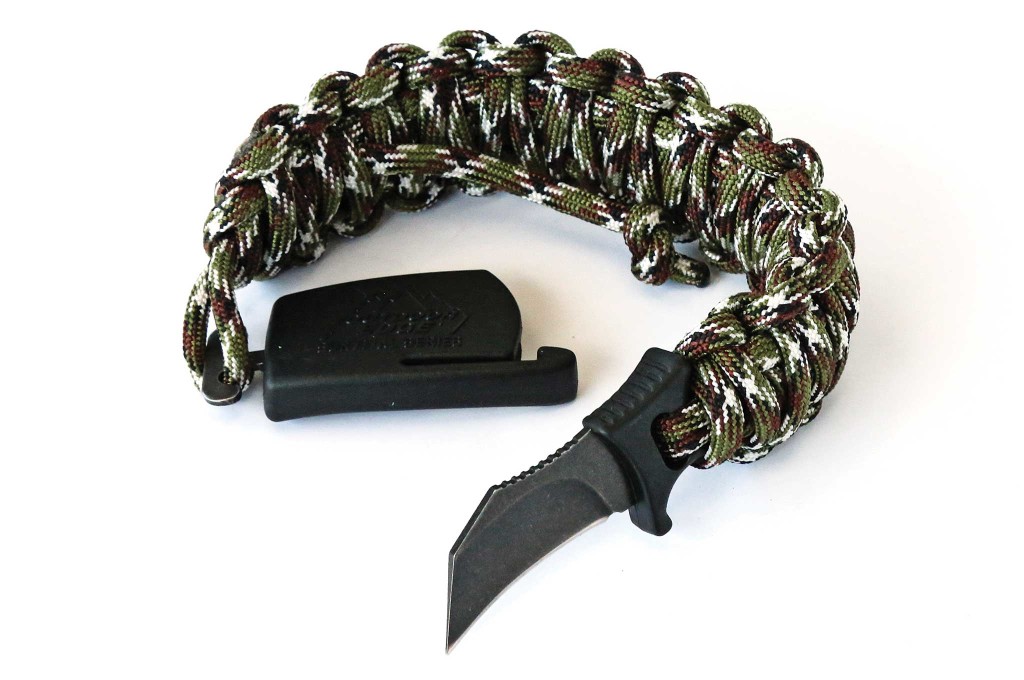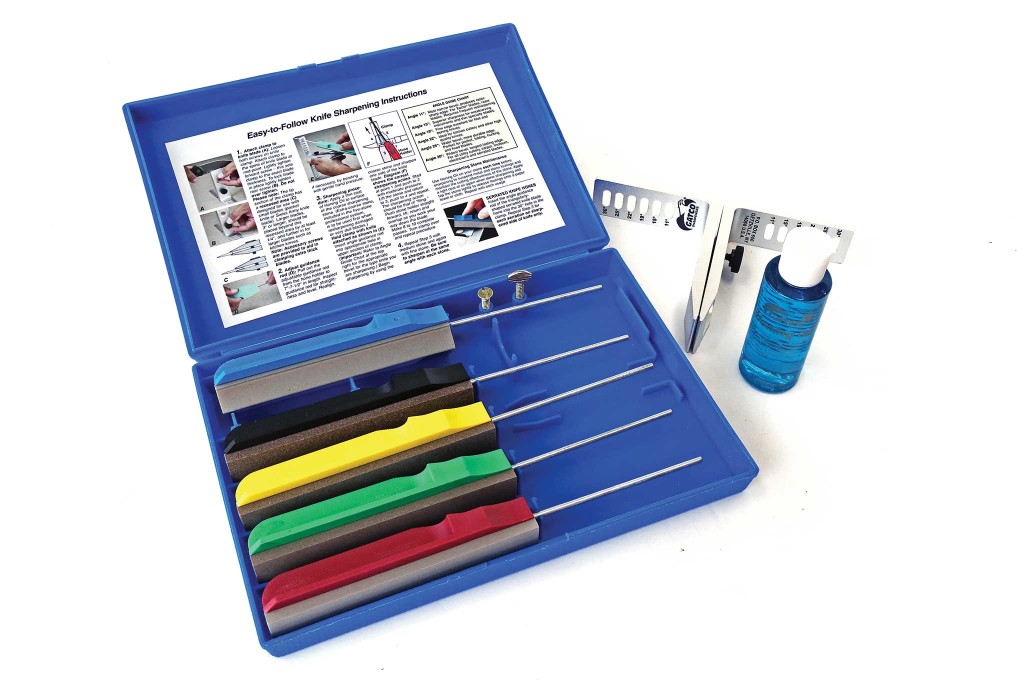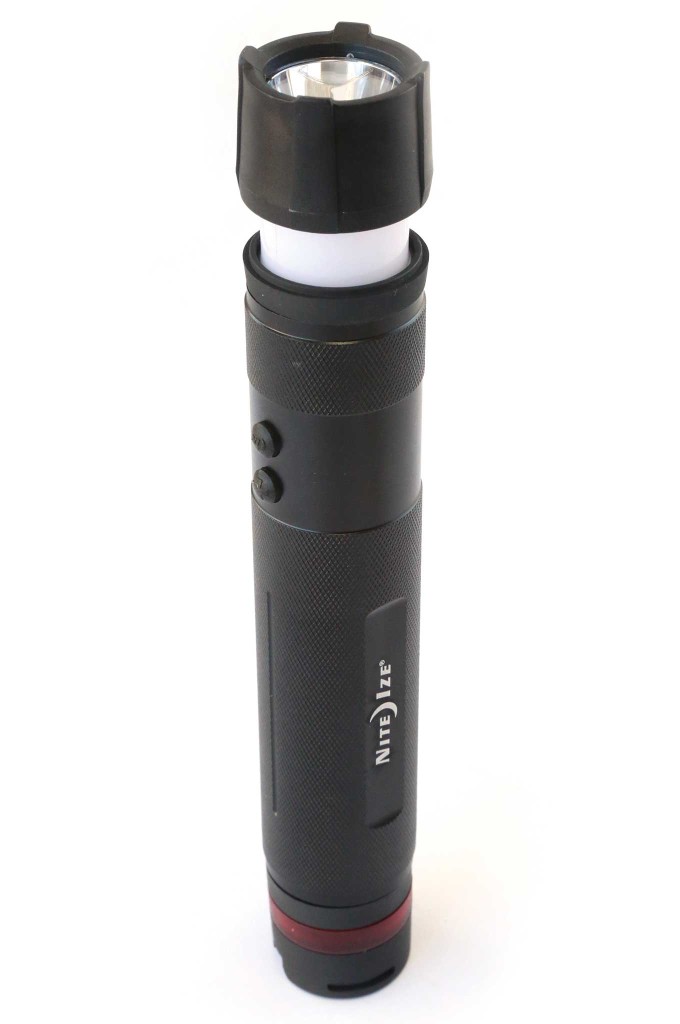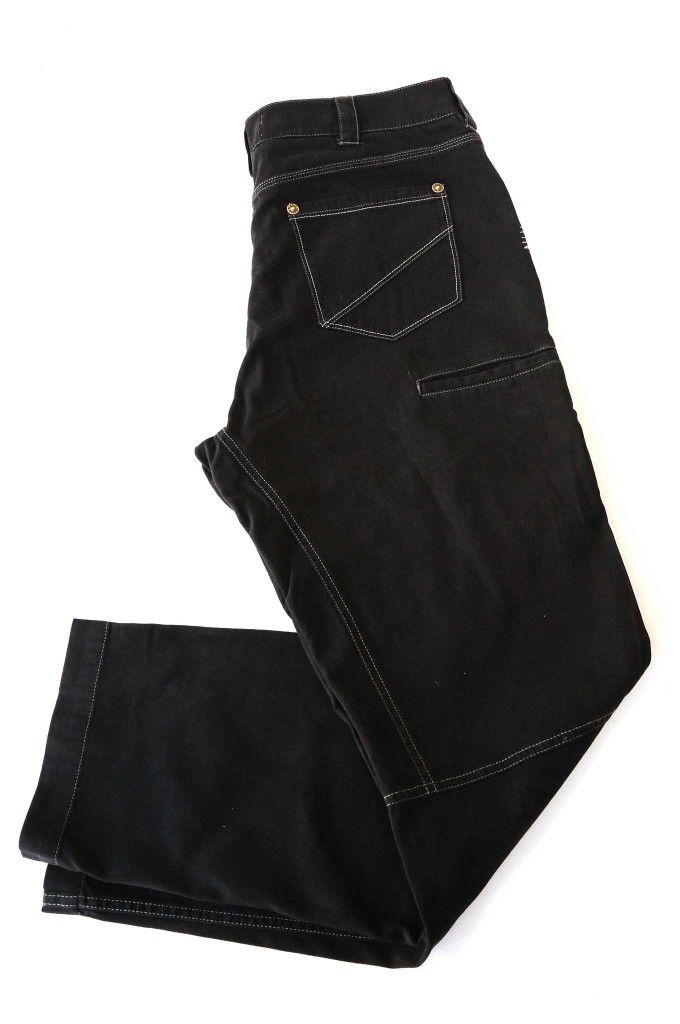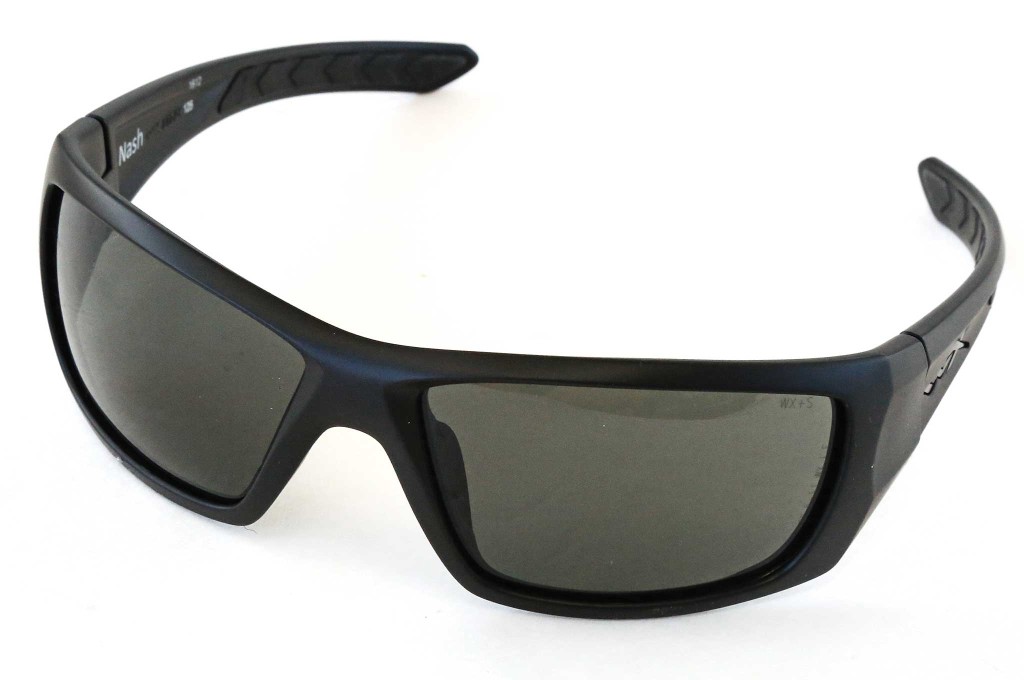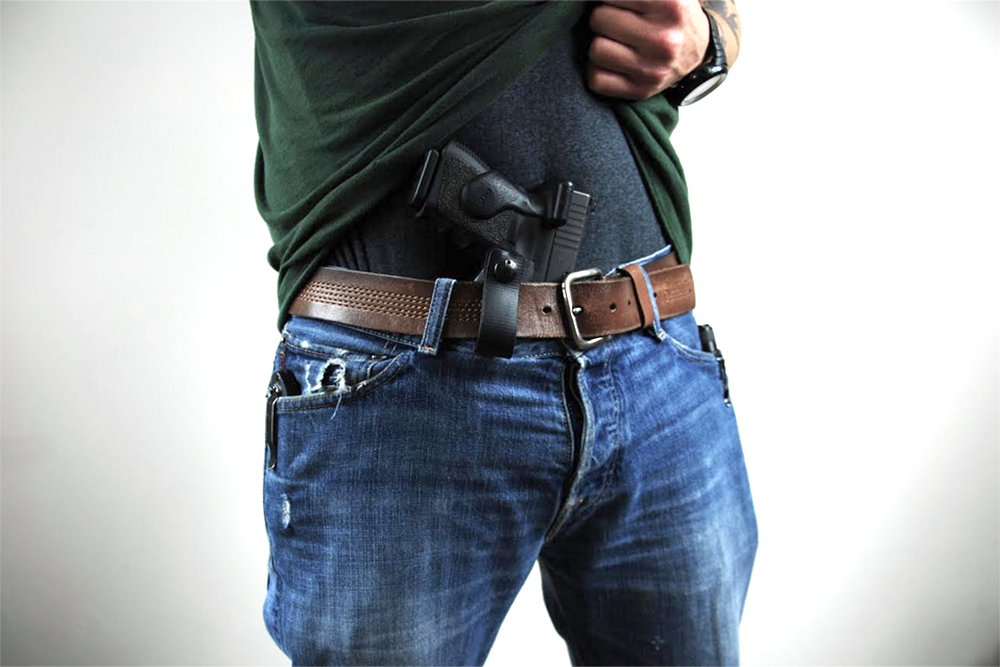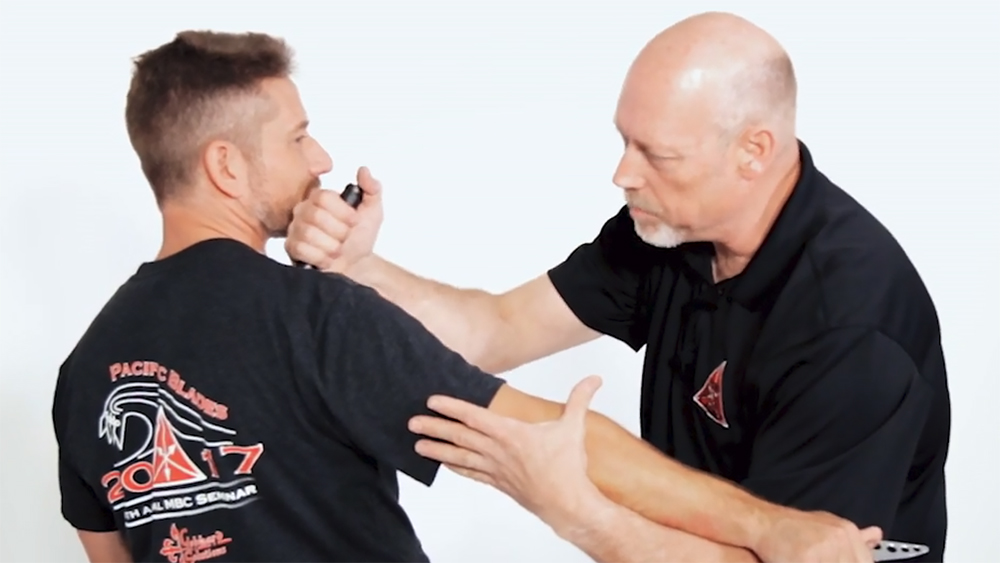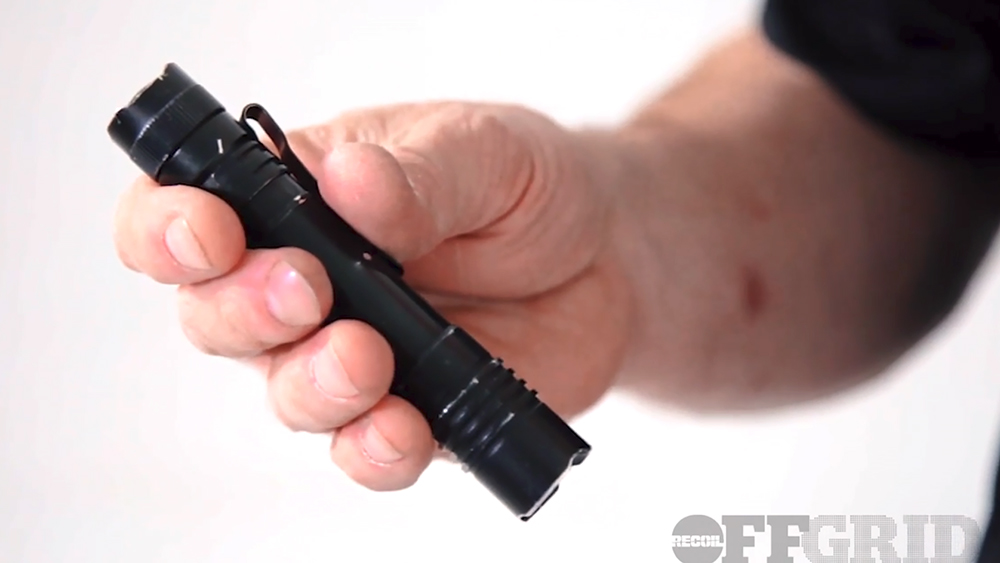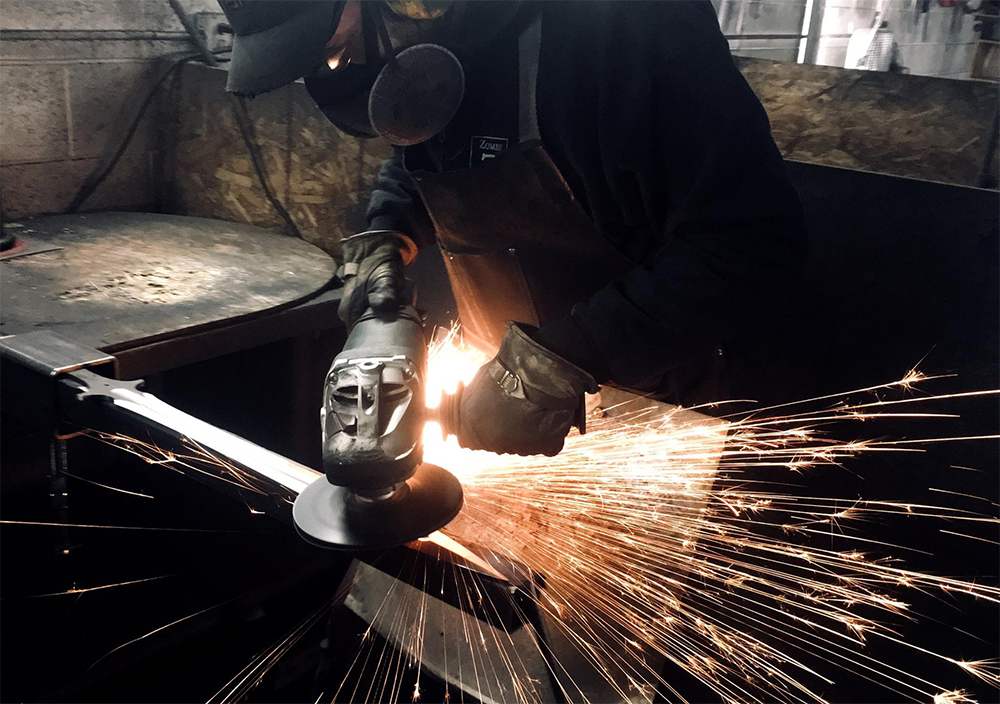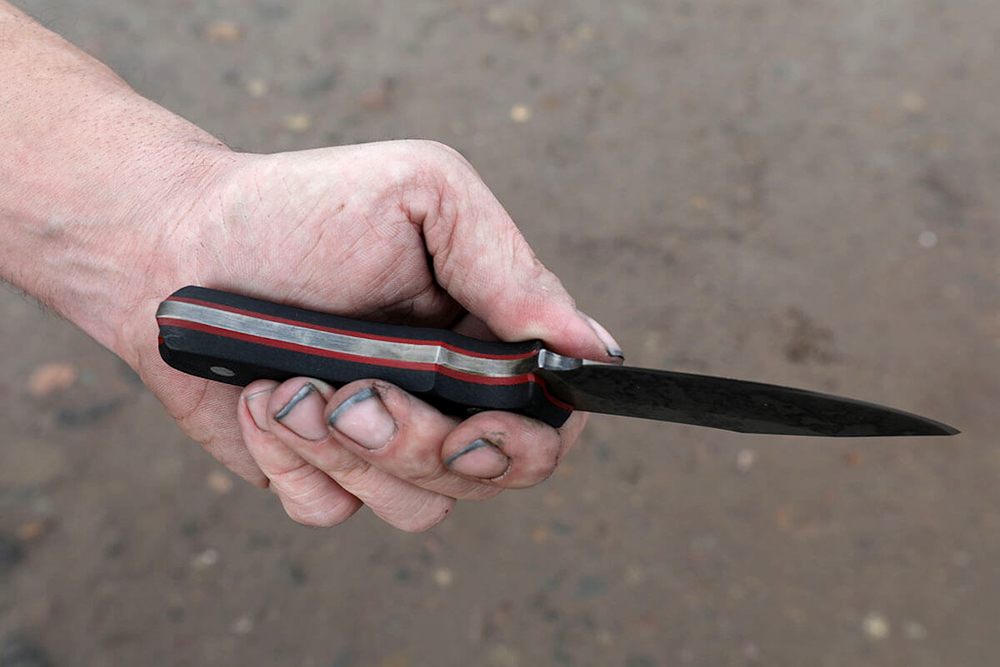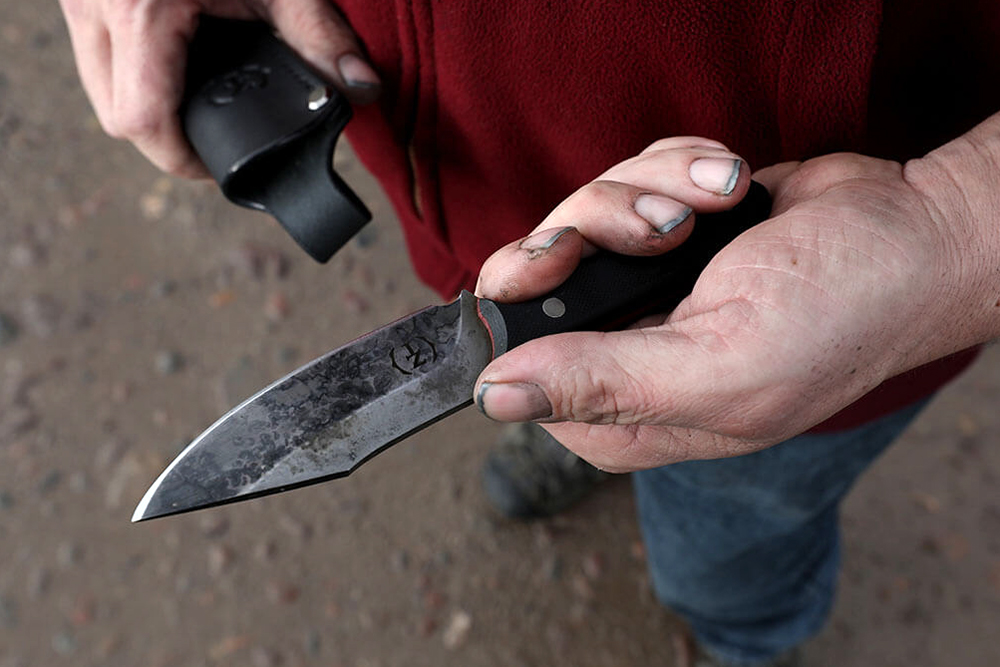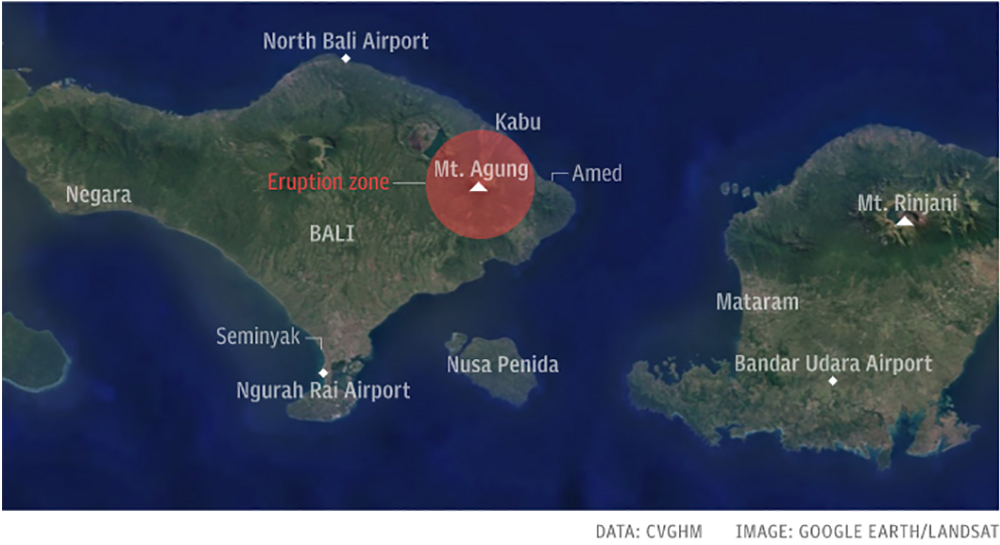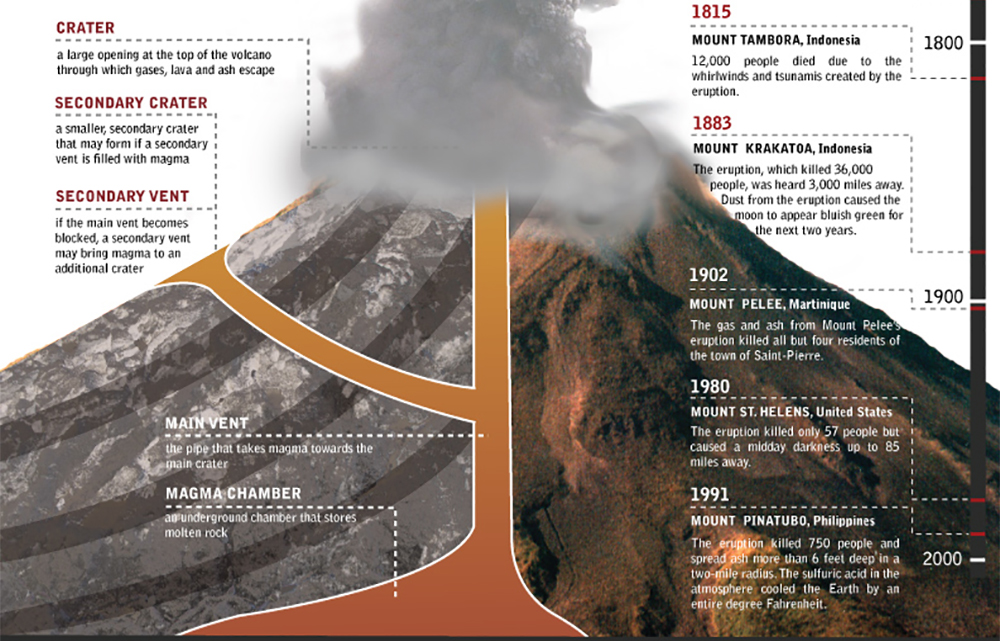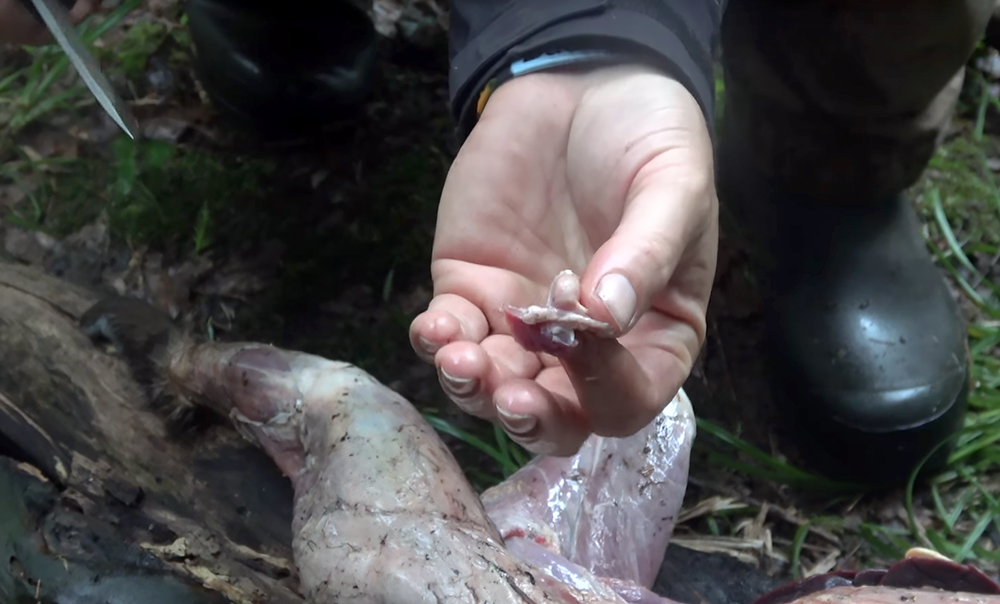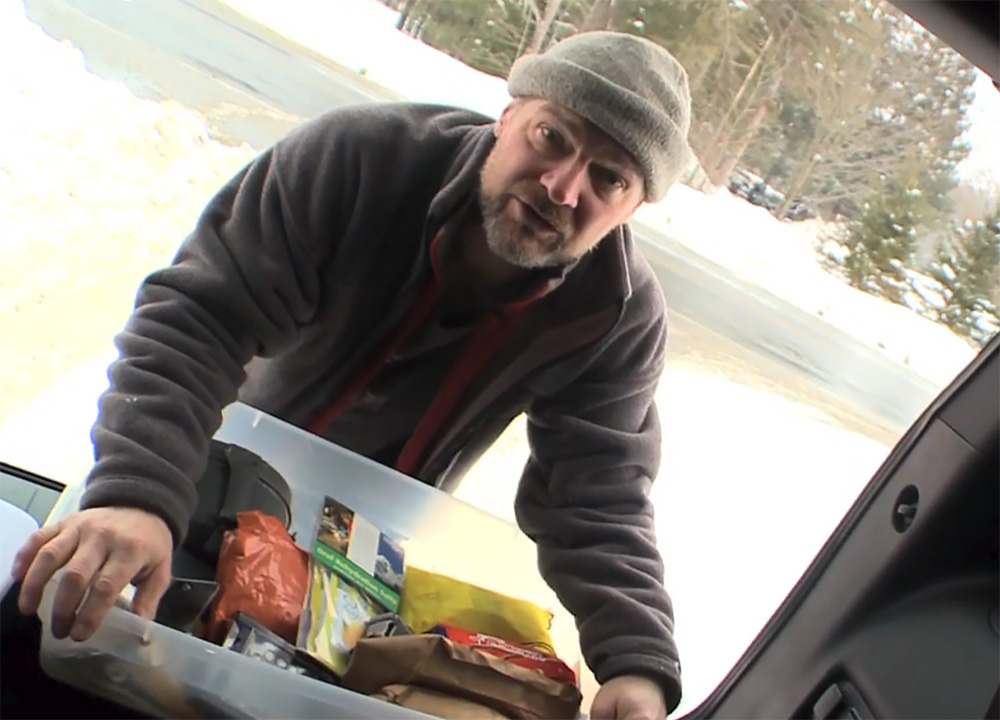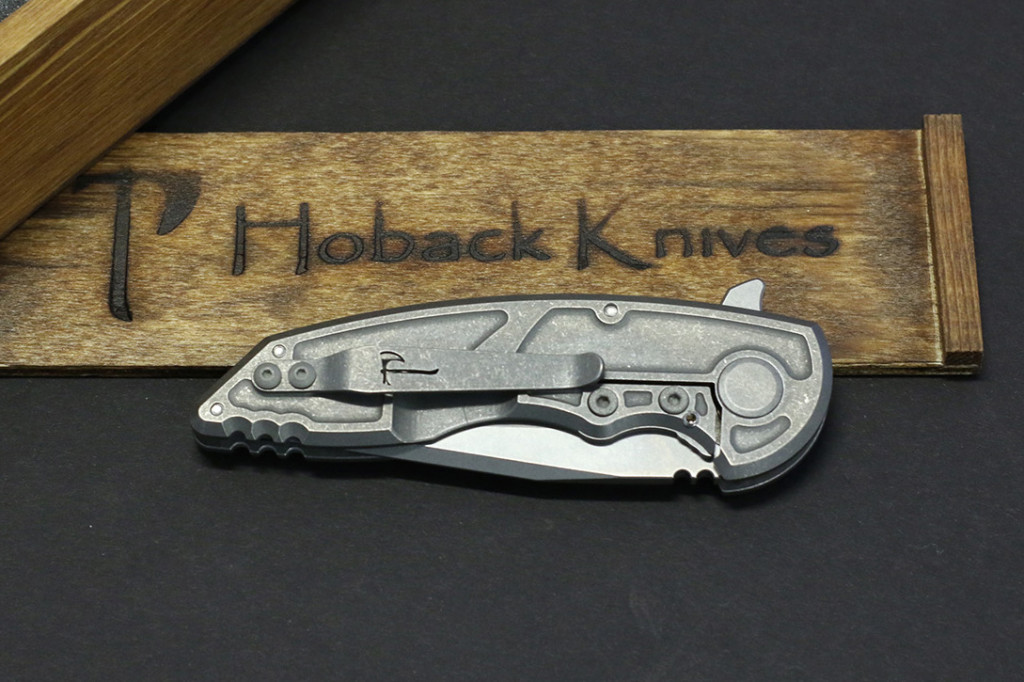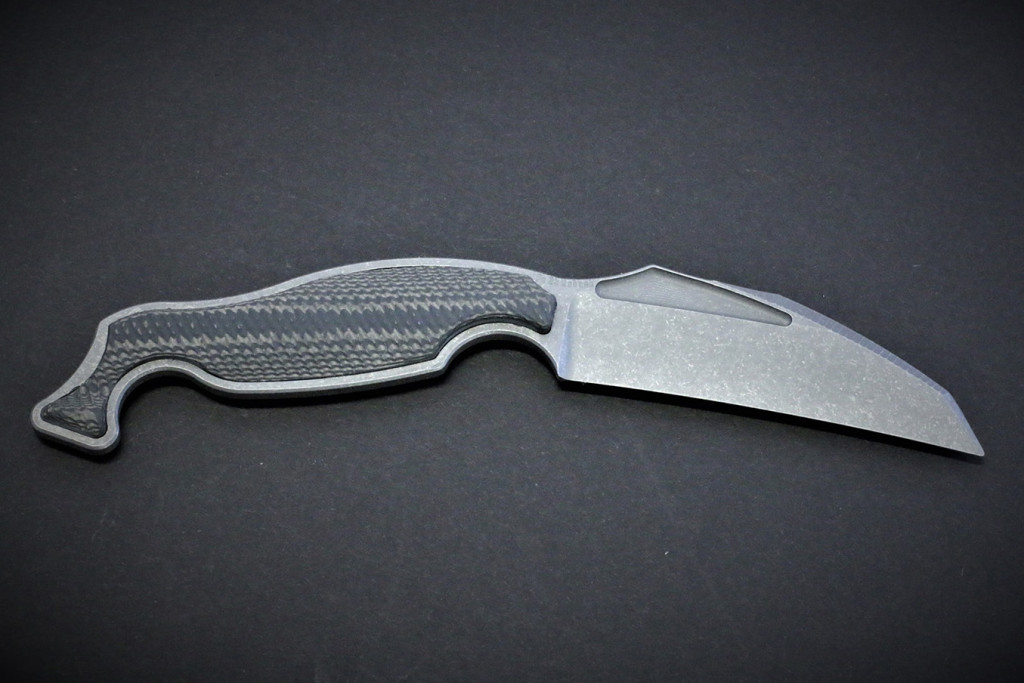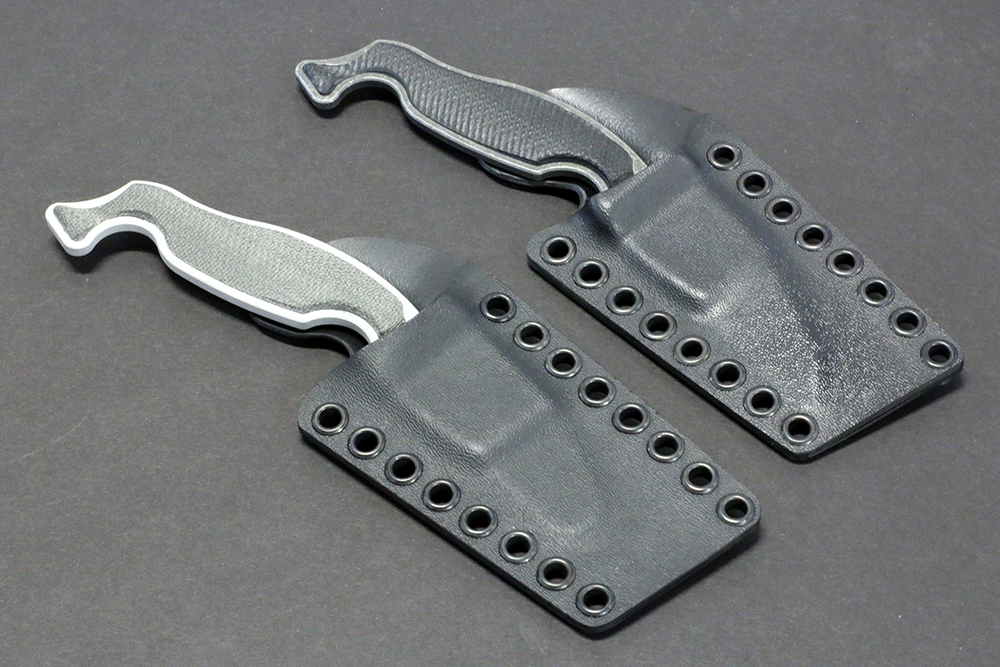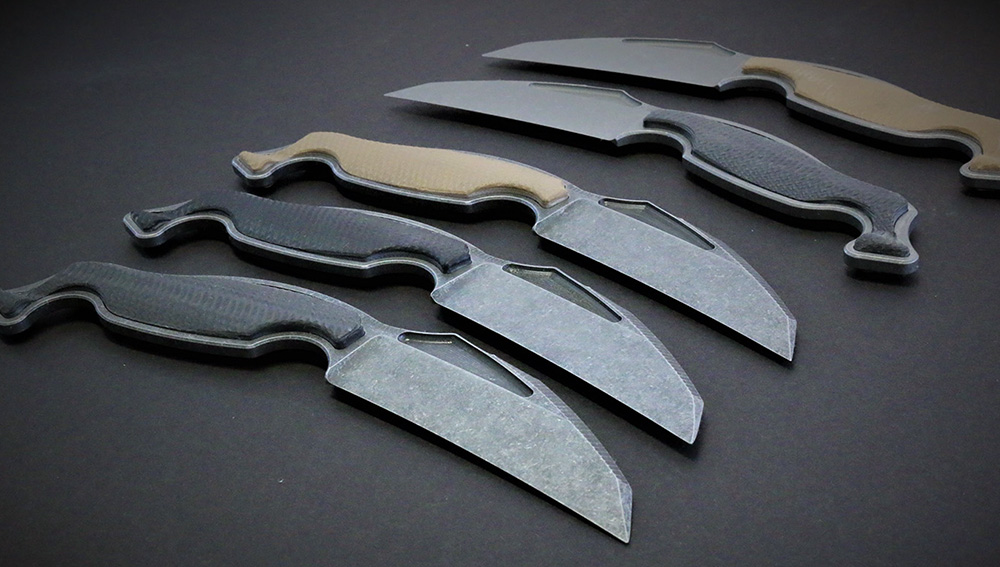Make & Model
LifeStraw Universal
Filter Life
Up to 264 gallons (1,000 liters)
MSRP
$35
Notes
Outdoor enthusiasts rejoiced a few years ago when LifeStraw released the LifeStraw Go, a water bottle with a two-stage filter integrated in its mouthpiece. It lets you use the bottle to scoop up pond or river water and filter the H20 as you suck it up through the mouthpiece. The company breaks ground again with its LifeStraw Universal, the first bottle adaptor kit with a two-stage filter. It transforms your favorite bottle – be it a Klean Kanteen, Hydro Flask, or Nalgene – into a convenient water filter, which removes 99.9999 percent of bacteria and 99.9 percent of protozoan parasites. The kit comes with a standard cap, wide-mouth cap, standard mouthpiece, sport mouthpiece, two-stage filter, and a carry bag.
Make & Model
Crescent Moon EVA All-Foam
Weight per Pair
3.5 pounds
Size Range
Womens 7 to Mens 14
MSRP
$159
URL
www.crescentmoonsnowshoes.com
Notes
You don’t usually think of the snowshoe industry as a hotbed of high-tech development. But, this season brings the next generation of deep snow mobility. Crescent Moon’s EVA All-Foam is a massively simplified, lighter and faster snowshoe ideal for grab-and-go use. There’s no hinge or lifter to adjust (or break), they’re light, and offer more traction than most framed snowshoes because of the continuous, treaded sole that’s similar to a football cleat. When it gets deep and cold, the foam not only offers a cushioned stride, but it also provides a bit of insulation from the snow. Although these are a lot lighter and easier to use than traditional snowshoes, the EVA All-Foams won’t stand up to the abuse an aluminum-framed shoe can take. They’re best suited for use by people under 200 pounds.
Make & Model
Kelty Trail Ridge 8 with Footprint
Dimensions
150 by 115 by 77 inches
MSRP
$490
URL
www.kelty.com
Notes
Shelter is essential to survival. It can be as simple as the clothes on your back or as sophisticated as the 70-acre bug-out property. But for most of us, a tent was our first example of a backcountry shelter. And for those who now have young children of their own and want to share both survival skills and the majesty of Mother Nature, tent camping is often the way to go. As the name implies, the Trail Ridge 8 can house eight people in a spacious freestanding design that’s easily accessed from two D-style doors. There’s also small but smart features, such as a gear loft and a lantern/flashlight pocket. Setup is easy thanks to a color-coded clip-and-sleeve construction, but the Trail Ridge truly shines after dusk when you can undo the Stargazing Fly to enjoy the night sky with your loved ones.
Make & Model
Cabela’s Covenant Tactical FFP Riflescope
Tube Diameter
30mm
MSRP
$250
URL
www.cabelas.com
Notes
Whether you’re looking for varmints wreaking havoc on your property or hunting for dinner in a post-SHTF world, a firearm with an optic can make all the difference. But not everyone can shell out two grand for a high-end scope. After all, we all need to pay the rent, let alone save up for a food cache and supplies. Enter budget scopes such as Cabela’s 4-16×44 Covenant Tactical FFP Riflescope. The FFP in its name refers to first focal plane – meaning its reticle size changes as you zoom in. This allows ranging a target with the scope set at any magnification. It has a wide magnification range, turrets with 1/4-MOA adjustments, and a nitrogen-filled tube for waterproof, fogproof, and shockproof performance.
Make & Model
DPx Gear HEST/F Urban Ti
OAL
6.7 inches
MSRP
$469
URL
www.dpxgear.com
Notes
It’s always a bonus when your everyday carry (EDC) knife can do more than cut an apple and open up the occasional Amazon package. The HEST/F Urban Ti is a versatile utilitarian tool disguised as a slick daily carry folder. The S35V stainless steel drop-point blade can slice and pierce like a lightsaber, while offering outstanding corrosion resistance and toughness. On its spine is a tri-gauge wire stripper disguised as jimping for added grip. It also has a bottle opener that (with some practice) you can snag on your pant’s pocket to open the blade as you draw the knife. The titanium handle is ergonomic in its simplicity and has an integrated 1/4-inch hex driver and glass-breaker for those “oh sh#t” moments. The deep-carry pocket clip is reversible and sturdy. Made in the USA.
Make & Model
SOG Specialty Knives & Tools Field Knife
OAL
8.5 inches
MSRP
$40
Notes
If the DPx HEST Urban is too small or expensive for your tastes, consider the Field Knife. It’s a minor investment at just 40 bucks, but has all the features most outdoor adventurers look for. The 4-inch-long, clip-point blade has a sizable belly for slicing but a tip that aligns more closely with the spine for greater piercing power. The included sheath comes with a belt clip but has numerous secondary attachment points so you can latch it to a pack or wherever you see fit. It even has a notch that exposes a small portion of the blade for cutting paracord or a fishing line without having to unsheathe the entire knife. Of course, the lower price tag means lower-quality materials – Chinese 7Cr17MoV stainless steel instead of U.S.-made 154CM and a soft thermoplastic rubber handle instead of G-10 scales. But for $40, you’re getting plenty of bang for your buck.
Make & Model
Outdoor Edge Para-Claw
Sizes
Small, medium, large
MSRP
$30
Notes
When paracord bracelets became all the rage in the tactical/survival world a few years ago, it seemed like everyone and their mother was coming out with the “latest and greatest” model even though it truly wasn’t that much different from the last. Well, Outdoor Edge is looking to slice through the status quo with the new Para-Claw, a paracord bracelet that features a 1.5-inch hawkbill blade that nestles into a patent-pending glass/nylon sheath that’s integrated with the cordage. The knife is easy to deploy, with the paracord doubling as the knife handle and jimping on the blade’s thumb ramp providing positive traction. While a 1.5-inch knife won’t seem like much at first blush, the Para-Claw packs plenty of punch as a last resort when you’ve lost or can’t access your primary blade. Available in black or camo colors.
Make & Model
GATCO Shapeners 10005 Edgemate Professional Knife Sharpening System
Dimensions
9.5 by 6.5 by 1.63 inches
MSRP
$60
Notes
Having a dull blade is like have a firearm with an empty magazine. That’s why it’s important to keep your knives sharp, especially those that you’ll use in emergency or post-emergency situations. GATCO’s 10005 Edgemate kit lets anyone sharpen like a pro, whether their knife is for sport, utility, or the kitchen. It features five sharpening hones with aluminum oxide abrasives: fine, medium, coarse, extra coarse, and one for serrated blades. The easy-to-use system also comes with a GATCO-exclusive clamp/angle guide, honing oil, and a custom case for convenient storage and portability. Made in the USA.
Make & Model
Nite Ize Radiant 3-in-1 LED Flashlight
Dimensions
9.1 inches by 1.6-inch diameter
MSRP
$18
URL
www.niteize.com
Notes
Nite Ize has built a reputation for bringing subtle yet innovative updates to tried-and-true designs. Take for example the Radiant. As its full name implies, it has three types of illumination with seven modes. The most obvious is the 250-lumen flashlight, which might not seem like much in a world where 1,000-lumen torches are quickly becoming the norm. But pull up on the head, and it’s instantly transformed into a lantern, providing a much-needed diffused glow inside a tent, backyard, or garage. On the other end, there’s a red safety light that has glow, flash, or SOS modes, all of which retain our natural night vision. It can stand up on either end, is housed in a durable aluminum body, and works off of three common AA batteries.
Make & Model
Zippo Mag Strike
Dimensions
2 inches by 0.31-inch diameter
MSRP
$15
URL
www.zippo.com
Notes
Few brands make you think of lighters like Zippo. Thanks to portrayals in books, movies, and TV shows, the company’s products are practically synonymous with sparking a flame. But these days Zippo is more than just metal lighters. It makes all kinds of tools, including the Mag Strike. This firestarter unleashes a shower of sparks when you scrape the 420C stainless steel striker along the magnesium ferrocerium rod, allowing you to ignite your tinder with ease. Both the striker and the ferro rod have triangular-shaped ABS plastic bodies, maximizing traction and leverage with less force. Plus, the rod fits inside the striker’s handle with a snap-lock closure, shielding them from the elements and increasing portability. Attachment points on each lets you connect them to your belt, keychain, or go-bag.
Make & Model
Ecōths Trace Pant
Colors
Black, Castlerock, Chocolate Chip
MSRP
$79
URL
www.aventuraclothing.com/shop/mens
Notes
We’re not gonna lie. When women started wearing jeggings, we got jealous. Why can’t men’s jeans be flexible and comfortable, too, instead of just heavy and rigid? Fortunately for guys who like to stay on the move (either on the trail, the range, or just about town), Ecōths’s Trace Pant is a blend of 98-precent organic cotton and 2-percent Lycra. This means it’s rugged yet soft, with just enough stretch so that it doesn’t pinch at the crotch, knees, or waist like traditional denim would. It has two deep front pockets, two rear pockets, a coin pocket, and a slit pocket behind the right leg for your smartphone, pocketknife, or multi-tool. On a side note, for every Ecōths garment purchased, a minimum of three meals is provided to regional food banks across the USA.
Make & Model
Wiley X Nash
Head Size
Medium to large
MSRP
$80
URL
www.wileyx.com
Notes
Whether you’re enjoying a sunny 65-degree F winter day in Arizona or fighting snow blindness in Minnesota, you’ll need to protect your peepers. After all, unless you’ve practiced bug-out runs while blindfolded, you’ll need to see where you’re going if you’re fleeing a disaster. The Wiley X Nash shields your eyes in a variety of situations. Its Shatterproof Selenite polycarbonate lenses provide 100-percent UVA/UVB protection while also meeting ANSI Z87.1-2010 and U.S. Federal OSHA 1910.133(b)(1)(1) standards. Its T-Shell lens coating resists scratches and reduces glare without color distortion. The Nash comes with a zippered case, leash cord with rubber temple grips, and a microfiber cleaning cloth.
Make & Model
Thyrm CLENS Protector
MSRP
$9
URL
www.thyrm.com
Notes
CLENS (pronounced “cleanse”) is a set of heat-resistant, clear polymer circles that adhere to the lenses of popular flashlights and weapon-mounted lights. The idea is to protect the lens from carbon, and other occlusive or abrasive debris that can build up during firearms training or extended trips in the backcountry. When the accumulated carbon (or scratching) is enough to reduce the light’s performance, CLENS is removed and replaced with fresh clear sticker. Codesigned by Aaron Cowan of Sage Dynamics, the CLENS has a mild adhesive backing that tends to stick better to polymer than glass, making it easy to position without leaving adhesive on the glass lens. Each set comes in three common sizes (four cutouts per size). For example, the large will fit a SureFire Fury or Streamlight Protac HL, the medium will fit a SureFire G2x or Streamlight TLR, and the small will fit a SureFire x300U.
More From Issue 23
Don’t miss essential survival insights—sign up for Recoil Offgrid’s free newsletter today!
- What If A House Fire Breaks Out During an Ice Storm?
- Portable Utensils Buyers Guide – Have Spork, Will Travel
- Six Lighters & Torches to Keep Your Fires Burning This Winter
- Crafting and Using a Survival Stick
- Mykel Hawke Spotlight – Wake-up Call
- The Power of Survival Comes From Within
- Improvised Knife Sharpening Methods
- Rope Rescue 101
- How to Assemble Tools to Fish, Trap, and Hunt
- One-Piece Multi-Tools
- Physical Preparation with Limited Space
- Issue 23 Gear Up
- The Foraging Myth of Subsisting on Nothing More than Wild Plants
- IN-CASE Water Filtration System Review
Read articles from the next issue of Recoil Offgrid: Issue 24
Read articles from the previous issue of Recoil Offgrid: Issue 22
Check out our other publications on the web: Recoil | Gun Digest | Blade | RecoilTV | RECOILtv (YouTube)
Editor’s Note: This article has been modified from its original version for the web.

